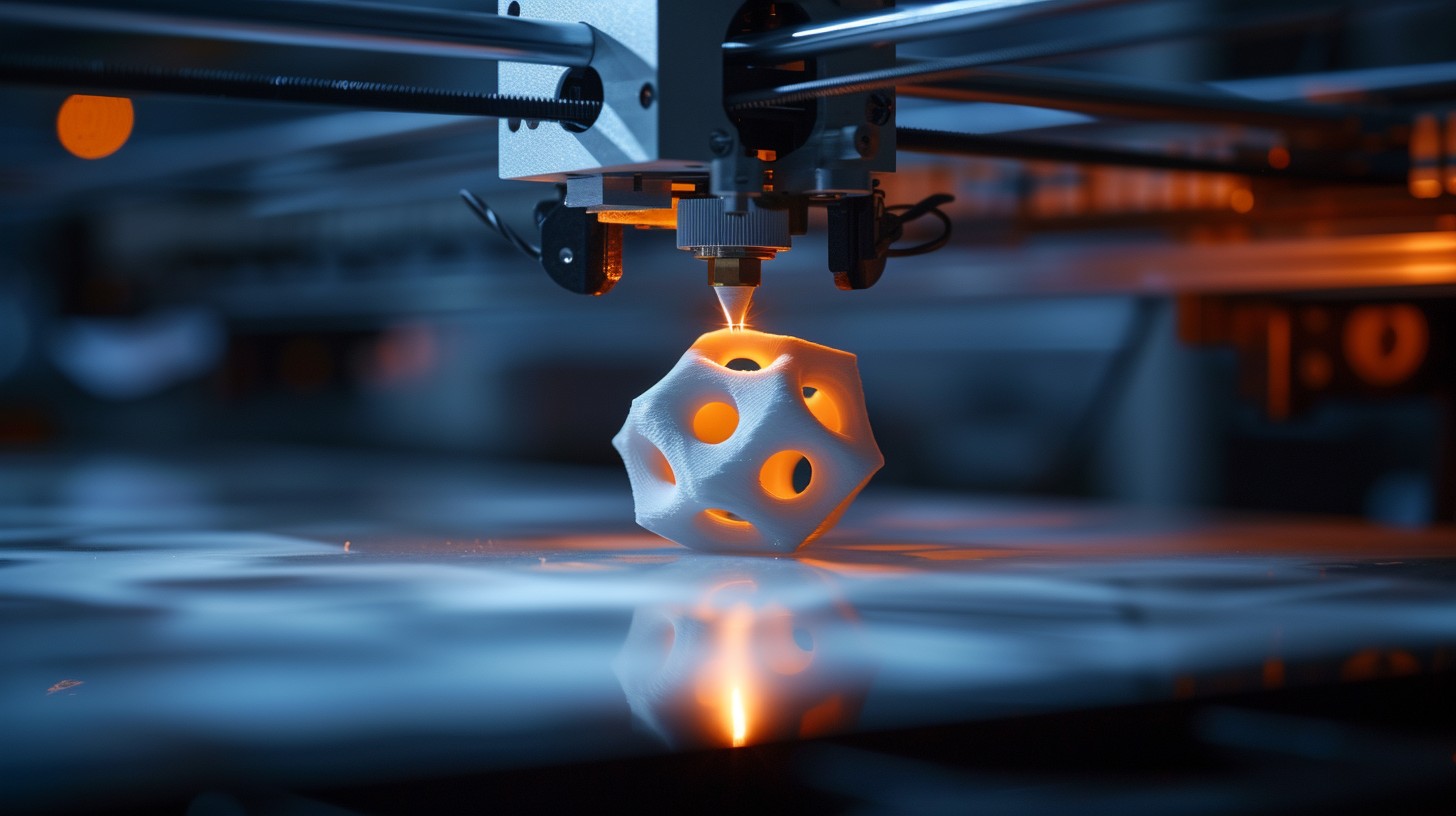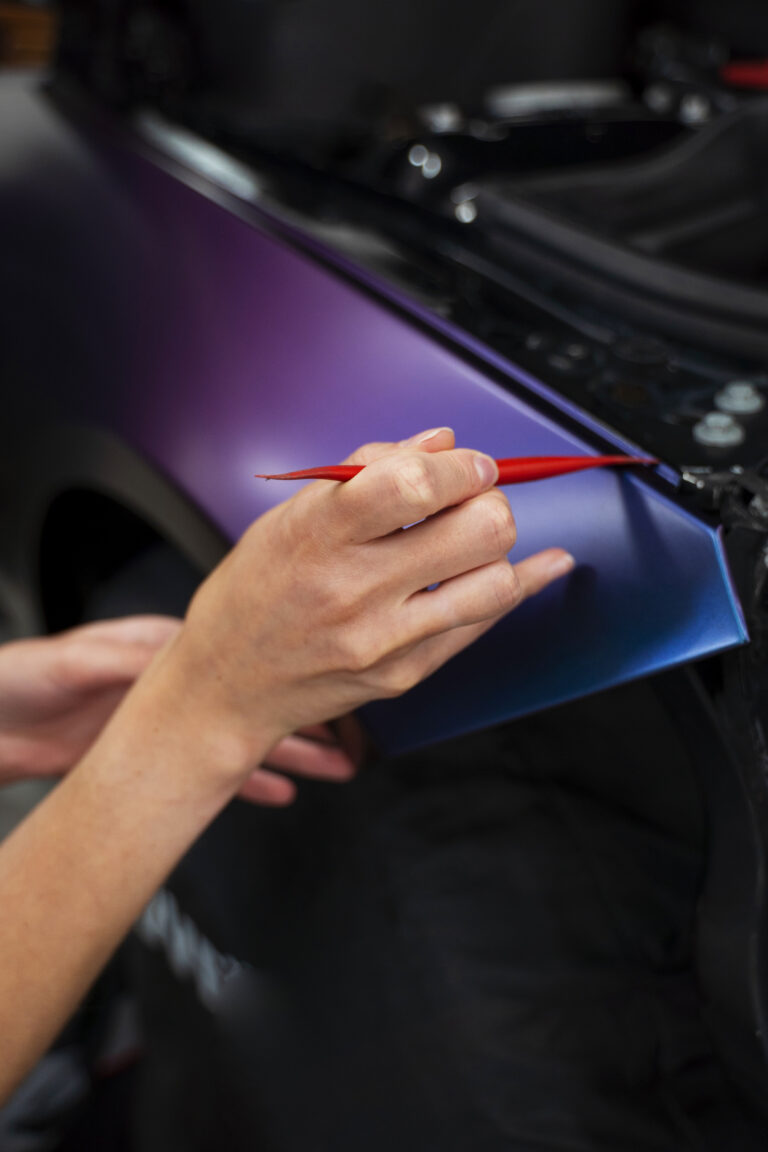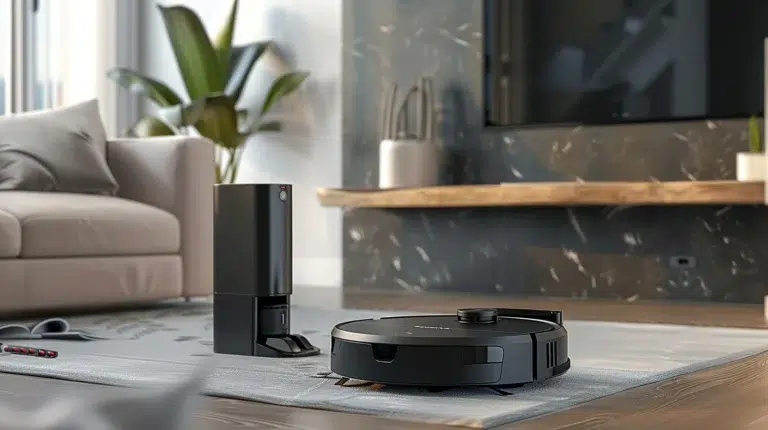Mastering Rapid Prototyping: A Comprehensive Guide to Accelerating Product Development

In today’s fast-paced world of product development, rapid prototyping has emerged as a critical process that enables companies to quickly bring their ideas to life. This approach not only reduces time to market but also helps in refining designs through iterative feedback loops. In this article, we will delve into the nuances of rapid prototyping, exploring its methods, benefits, and the pivotal role it plays in modern product development.
What is Rapid Prototyping?
Rapid prototyping is a group of techniques used to quickly fabricate a scale model or a part of a physical product using three-dimensional computer-aided design (CAD) data. This process typically involves the use of 3D printing or additive manufacturing technologies, allowing designers and engineers to produce a physical prototype within a short period.
The Evolution of Rapid Prototyping
The concept of rapid prototyping dates back to the 1980s when it was first introduced as a means to expedite the development of physical models. Over the decades, the technology has evolved significantly, with advancements in materials, precision, and speed, making it an indispensable tool in various industries such as automotive, aerospace, and consumer electronics.
Types of Rapid Prototyping Methods
Rapid prototyping encompasses several methods, each with its own set of advantages and applications. Understanding these methods is crucial for selecting the right approach for your specific project.
1. Stereolithography (SLA)
Stereolithography is one of the earliest forms of rapid prototyping. It involves using a laser to cure and solidify layers of liquid photopolymer resin, creating a precise and detailed model. SLA is known for producing high-resolution prototypes, making it ideal for projects where fine details and smooth surfaces are critical.
2. Selective Laser Sintering (SLS)
Selective Laser Sintering is a technique that uses a laser to fuse powdered materials, such as nylon or metals, layer by layer. This method is particularly useful for creating durable prototypes with complex geometries. SLS is favored in industries where functional testing of prototypes under real-world conditions is necessary.
3. Fused Deposition Modeling (FDM)
Fused Deposition Modeling is one of the most widely used rapid prototyping methods. It works by extruding thermoplastic material through a heated nozzle, which deposits the material layer by layer to form the desired shape. FDM is popular due to its cost-effectiveness and the availability of a wide range of materials.
4. Digital Light Processing (DLP)
Digital Light Processing is similar to SLA but uses a digital light projector to cure the resin. DLP can produce prototypes with high resolution and smooth finishes. It is faster than SLA and is often used in industries where time is of the essence.
5. Multi Jet Fusion (MJF)
Multi Jet Fusion is an advanced rapid prototyping technology that uses a combination of inkjet printing and thermal energy to fuse powder materials. MJF is known for producing parts with excellent mechanical properties and fine detail resolution. This method is gaining popularity in the production of functional prototypes and end-use parts.
Benefits of Rapid Prototyping
Rapid prototyping offers numerous benefits that make it a valuable tool in the product development process. Below are some of the key advantages:
1. Accelerated Product Development
One of the most significant advantages of rapid prototyping is the ability to accelerate the product development cycle. By quickly producing physical models, companies can validate designs, test functionality, and make necessary adjustments before committing to full-scale production.
2. Cost Efficiency
Rapid prototyping reduces the cost associated with traditional prototyping methods, such as machining or molding. With additive manufacturing technologies, there is minimal waste of materials, and the ability to produce multiple iterations quickly reduces overall development costs.
3. Enhanced Design Flexibility
Rapid prototyping allows designers and engineers to experiment with different designs and materials without the constraints of traditional manufacturing processes. This flexibility leads to more innovative solutions and a better end product.
4. Improved Communication and Collaboration
Physical prototypes serve as a tangible reference that enhances communication between designers, engineers, and stakeholders. This clarity helps in making informed decisions and fosters better collaboration throughout the development process.
5. Early Detection of Design Flaws
By creating physical models early in the development process, potential design flaws can be identified and addressed before they become costly problems. Rapid prototyping enables iterative testing and refinement, leading to a more robust final product.
Applications of Rapid Prototyping Across Industries
The versatility of rapid prototyping has led to its adoption across a wide range of industries. Below are some of the key sectors where rapid prototyping plays a crucial role:
1. Automotive Industry
In the automotive industry, rapid prototyping is used to create functional prototypes of parts and components, allowing engineers to test fit, form, and function before mass production. It also plays a role in the development of concept cars and the customization of vehicles.
2. Aerospace Industry
The aerospace industry benefits from rapid prototyping by enabling the production of lightweight and complex components. This technology is essential for testing aerodynamics, structural integrity, and material performance in extreme conditions.
3. Healthcare and Medical Devices
In the healthcare sector, rapid prototyping is used to create custom medical devices, surgical tools, and prosthetics. The ability to produce patient-specific models and devices enhances the precision and effectiveness of medical treatments.
4. Consumer Electronics
Consumer electronics companies use rapid prototyping to develop and test new products quickly. Prototypes of smartphones, wearables, and other gadgets can be produced rapidly, allowing for iterative testing and refinement before launch.
5. Architecture and Construction
Architects and construction firms use rapid prototyping to create scale models of buildings and structures. These models help in visualizing designs, testing structural integrity, and communicating ideas to clients and stakeholders.
The Future of Rapid Prototyping
As technology continues to advance, the future of rapid prototyping looks promising. The integration of artificial intelligence, machine learning, and new materials will further enhance the capabilities of rapid prototyping, making it an even more powerful tool in the product development arsenal.
Emerging Trends in Rapid Prototyping
- Hybrid Manufacturing: The combination of additive and subtractive manufacturing processes will enable the production of highly complex and precise parts.
- Sustainable Materials: The development of eco-friendly materials for rapid prototyping will reduce the environmental impact of product development.
- AI-Driven Design: Artificial intelligence will play a significant role in optimizing designs for rapid prototyping, leading to faster and more efficient product development.
Conclusion
Rapid prototyping is revolutionizing the way products are developed, offering unprecedented speed, flexibility, and cost savings. By understanding and leveraging the various methods and applications of rapid prototyping, companies can stay ahead in the competitive market, bringing innovative products to market faster than ever before.






